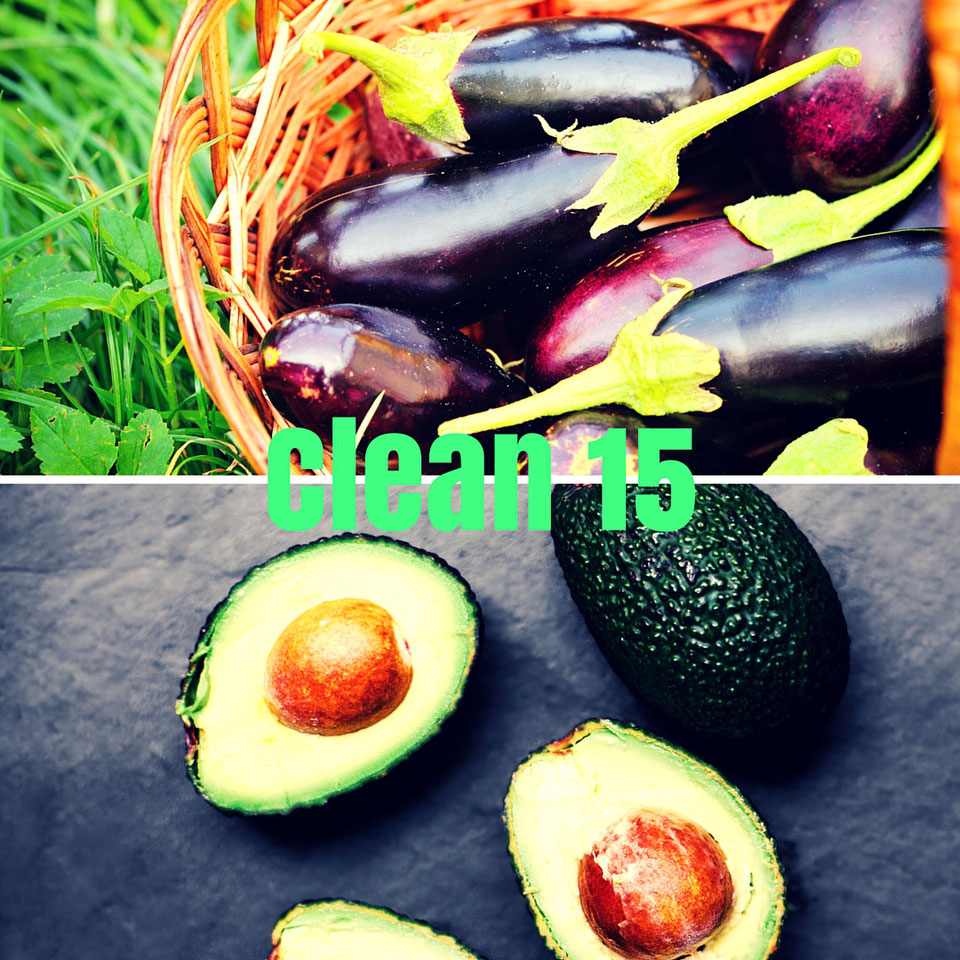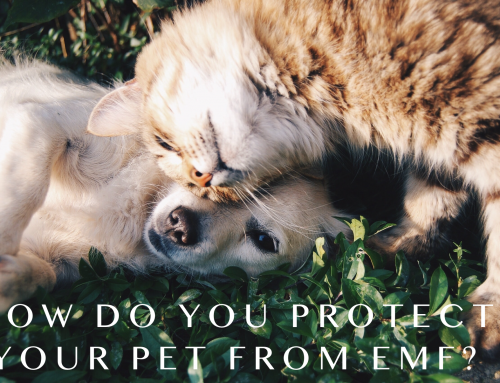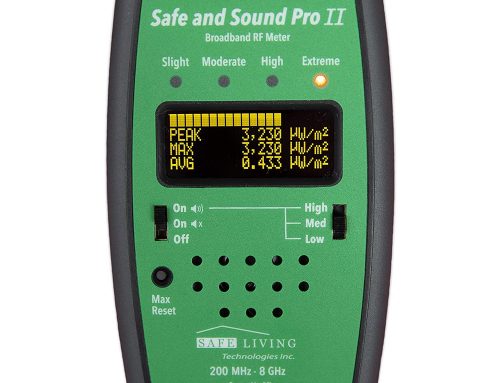Now that June is here…
Now that June is here, our local Farmer’s Market is in full swing! I love bringing home a flat of strawberries or a huge bag of peaches and watching my family devour them. It feels like summer.
Shopping at the Farmer’s Market every week makes me feel like I’m making healthy food choices but eating organic can be expensive.
A few years ago, a friend told me about the Dirty Dozen and the Clean Fifteen. Have you heard about these lists? They are now my go-to guides for produce shopping.
The Dirty Dozen lists the 12 conventional fruits and vegetables with the highest pesticide residue. The Clean Fifteen lists the 15 non-organic fruits and vegetables with the least pesticide residue, so you don’t necessarily have to buy the organic version. You don’t have to buy 100% organic produce to make a positive impact on your diet.
In fact, it is possible to reduce your pesticide intake by a whopping 91% if you follow the Dirty Dozen and the Clean Fifteen. It’s a brilliant way to buy mindfully and maximize your budget for organic produce!
Every year the Environmental Working Group launches their list of the Dirty Dozen and the Clean Fifteen of produce. Here are the Dirty Dozen and the Clean Fifteen for 2016:
Dirty Dozen:
Strawberries
Apples
Nectarines
Peaches
Celery
Grapes
Cherries
Spinach
Tomatoes
Sweet bell peppers
Cherry tomatoes
Cucumbers
Clean Fifteen:
Avocado
Sweet Corn (watch for GMO)
Pineapple
Cabbage
Sweet Peas (frozen)
Onions
Asparagus
Mangoes
Papayas
Kiwi
Eggplant
Honeydew melon
Grapefruit
Cantaloupe
Cauliflower
Two important things to remember, courtesy of Sustainable Baby Steps:
“First, keep in mind that just because it’s on the Dirty list doesn’t necessarily mean you shouldn’t ever eat it; although organic is always preferred (both for your own health and the health of the environment) eating conventional produce is better than eating none at all. And properly washing your produce will also go a long way in decreasing your exposure to harmful chemicals.
Also remember that just because it’s on a Clean list doesn’t necessarily make it the best option. You’ll notice that many of the cleanest fruits are tropical, which means they might not be local to you at all (meaning a big eco-footprint to get it to you in the first place), or may still be genetically modified (GMO) and perhaps why it has such low pesticide residue (because the pesticides are actually in the genes of the plant now!). “
Why Organic Food?
According to Dr. Andrew Weil, physician and holistic health expert, “Eating fresh produce is the best way to obtain the nutrients that support optimum health, but the pesticides used on many crops remain a major health concern. By choosing organic foods, you can reap the health benefits of fruits and vegetables without exposing yourself and your family to potentially harmful chemicals. Pesticides present real health risks, particularly to children and those with health concerns. The toxicity most commonly associated with pesticides in animal studies include disruptions in the normal functioning of the nervous and endocrine system, and increased risks of cancer.”
What do you think? Will the Dirty Dozen and Clean Fifteen influence your produce choices? I’d love to hear your comments.





